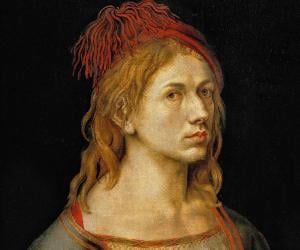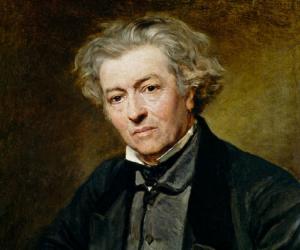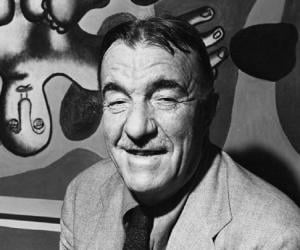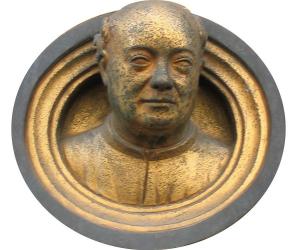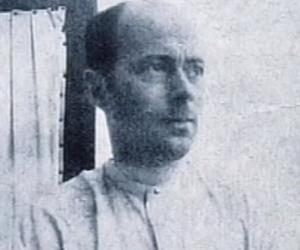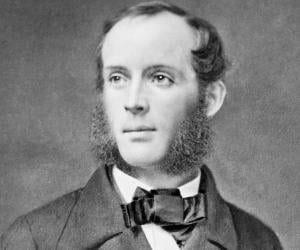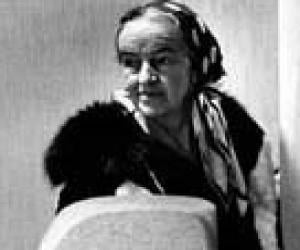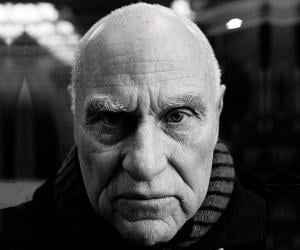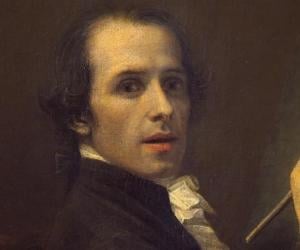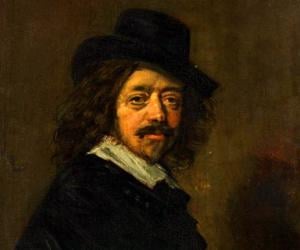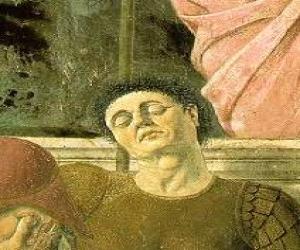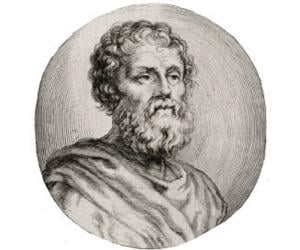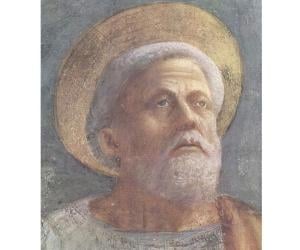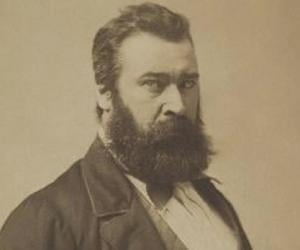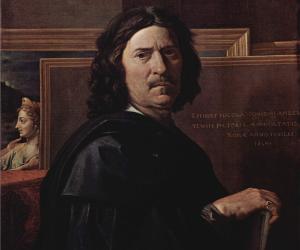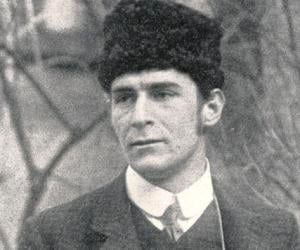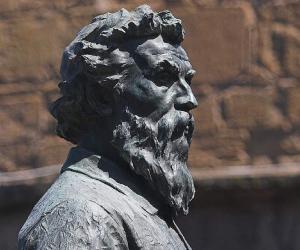Childhood & Early Life
Born in Nuremberg, Holy Roman Empire, Durer was one of the eighteen children of Albrecht Durer the Elder, a goldsmith and Barbaa Holfer. His family came from Hungary to Nuremberg in 1455.
He got his early education at Lateinschule in St Lorenz. Later, he learnt the trade of goldsmithing & drawing from his father. By the age of 13, he showed his skill in painting by creating a self portrait.
In 1486, he started his apprenticeship of painting and woodcut designing under Michael Wolgemut, a leading artist of Nuremberg with a large workshop producing a variety of works of art. He remained an apprentice for four years.
Career
After completing his apprenticeship, he followed a common German custom ‘Wanderjahre’, a tradition of setting out on travel for several years after finishing one’s apprenticeship as a craftsman.
In 1494, he went to Italy to learn more advanced artistic form. During his travel over the Alps, he created some watercolor sketches. Here, he learnt about the works of Giovanni Bellini.
After returning to Nuremberg in 1495, he started his workshop. Within the next five years, his painting style reflected Italian influences. His works on woodcut prints like “The Men’s Bath House”, created in 1496, mirrors his religious interest.
In the same year, he painted the “Seven Sorrows Polyptych”. The special features of his woodcut prints are their large size, fine cut and complex design. All of these works maintain a balance in their composition.
In 1498, he created a series of woodcuts titled “Apocalypse”. In the same year, he worked on the engraving of “St. Michael Fighting the Dragon”. He also created the engraving on the Holy family and saints in this year.
During the period 1503 to 1505, he produced the “Life of Virgin”. He did not complete this work for several years. His work namely, the “Great Passion” was published after several years.
This was the time when he learnt the art of using burin for engraving work. He worked on his well known engraving of “Adam and Eve” in 1504. This work shows his subtlety in the usage of burin during texturing of flesh surfaces.
In 1505, he travelled to Italy for the second time. There he created several paintings among which the names of “Paumgartner altarpiece” and the “Adoration of the Magi” deserve special mention for their artistic beauty.
In the middle part of 1507, he came back to Nuremberg and he lived in Germany till 1520. During this period, he completed a number of famous paintings like “The Martyrdom of the Ten Thousand”, “Adoration of the Trinity” and so on.
In the month of July 1520, he went to Netherlands to attend the coronation ceremony of Emperor Charles V and to secure the emperor’s patronage. During his journey, he produced a number of drawings in silverpoint, chalk and charcoal in Antwerp, Belgium.
He visited Brussels at the request of Christian II of Denmark to create the portrait of the King. After making arrangements of his pension, he came back to Nuremberg in the month of July 1521.
After working on several portraits, he remained busy in writing books. In 1525, his book “The Four Books on Measurement” appeared. This book is considered as the first mathematics books for adults in German.
Major Works
He completed “Adam and Eve”, an oil-on-painting, in 1507. This piece of work reflects the influence of Italian art. Through this painting, he represented the ideal human figures in the form of Adam and Eve.
He created the engraving of “Knight, Death and the Devil” in 1513. This work represents an image of an armored Christian Knight and his dog riding through a narrow passage flanked by a devil and the figure of death on a pale horse.
Personal Life & Legacy
He tied the nuptial knot with Agnes Frey on 7th July 1494. They had no children. He died at the age of 56. At the time of his death, the value of his estate was 6,874 florins. His residential building has been transformed into a museum.
His work of printmaking acts as an inspiration for works of Raphael, Titian and Parmigianino. His engraving works also inspired Lucas van Leyden. Duer’s study of human proportions and the use of transformation inspired D’Arcy Thompson for his book, “On Growth and Form”.


